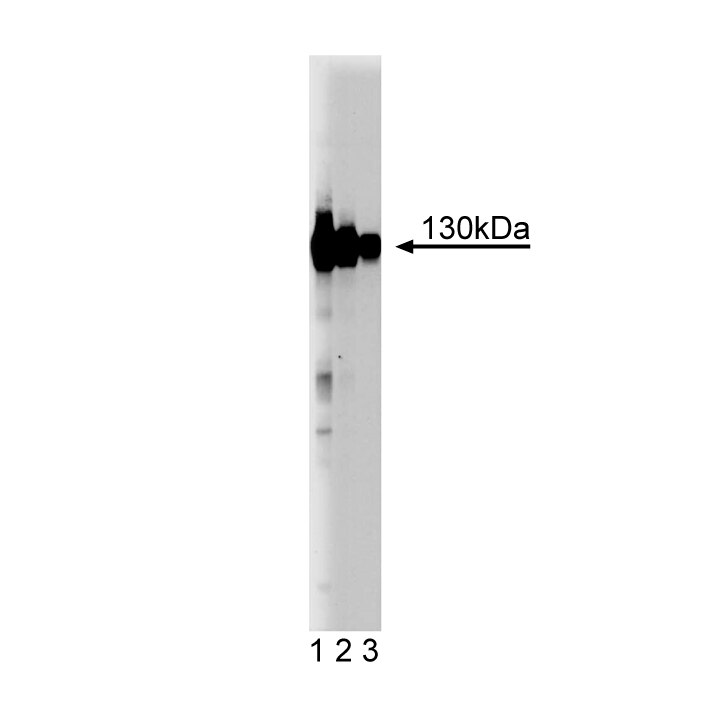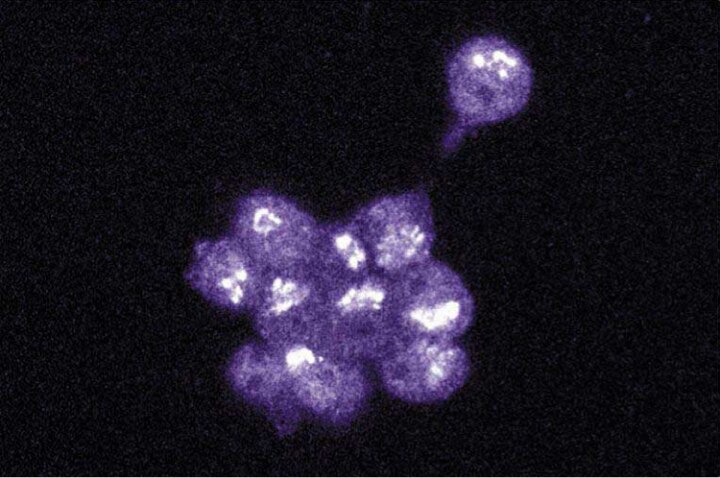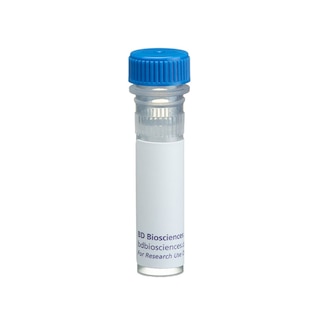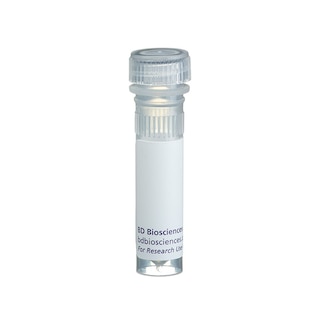-
Reagents
- Flow Cytometry Reagents
-
Western Blotting and Molecular Reagents
- Immunoassay Reagents
-
Single-Cell Multiomics Reagents
- BD® OMICS-Guard Sample Preservation Buffer
- BD® AbSeq Assay
- BD® Single-Cell Multiplexing Kit
- BD Rhapsody™ ATAC-Seq Assays
- BD Rhapsody™ Whole Transcriptome Analysis (WTA) Amplification Kit
- BD Rhapsody™ TCR/BCR Next Multiomic Assays
- BD Rhapsody™ Targeted mRNA Kits
- BD Rhapsody™ Accessory Kits
- BD® OMICS-One Protein Panels
-
Functional Assays
-
Microscopy and Imaging Reagents
-
Cell Preparation and Separation Reagents
-
- BD® OMICS-Guard Sample Preservation Buffer
- BD® AbSeq Assay
- BD® Single-Cell Multiplexing Kit
- BD Rhapsody™ ATAC-Seq Assays
- BD Rhapsody™ Whole Transcriptome Analysis (WTA) Amplification Kit
- BD Rhapsody™ TCR/BCR Next Multiomic Assays
- BD Rhapsody™ Targeted mRNA Kits
- BD Rhapsody™ Accessory Kits
- BD® OMICS-One Protein Panels
- Austria (English)
-
Change country/language
Old Browser
This page has been recently translated and is available in French now.
Looks like you're visiting us from United States.
Would you like to stay on the current country site or be switched to your country?
BD Transduction Laboratories™ Purified Mouse Anti-EphA4/Sek
Clone 35/EphA4 (RUO)




Western blot analysis of EphA4 on rat brain lysate. Lane 1: 1:1000, lane 2: 1:2000, lane 3: 1:4000 dilution of EphA4.

Immunofluorescence staining of PC12 cells


BD Transduction Laboratories™ Purified Mouse Anti-EphA4/Sek

BD Transduction Laboratories™ Purified Mouse Anti-EphA4/Sek

Regulatory Status Legend
Any use of products other than the permitted use without the express written authorization of Becton, Dickinson and Company is strictly prohibited.
Preparation And Storage
Product Notices
- Since applications vary, each investigator should titrate the reagent to obtain optimal results.
- Please refer to www.bdbiosciences.com/us/s/resources for technical protocols.
- Caution: Sodium azide yields highly toxic hydrazoic acid under acidic conditions. Dilute azide compounds in running water before discarding to avoid accumulation of potentially explosive deposits in plumbing.
- Source of all serum proteins is from USDA inspected abattoirs located in the United States.
Data Sheets
Companion Products

.png?imwidth=320)

EphA4/Sek is a glycosylated protein tyrosine kinase of 986 amino acids and an apparent 110-130kDa molecular weight (molecular weight depends on glycocylation level of protein). EphA4 belongs to the Eph subfamily of receptor tyrosine kinases and like many others, it has an amino-terminal ligand-binding domain exposed to the extracellar matrix. EphA4 is predominantly expressed during development (this is common in the Eph family) and because of its mRNA localization, it has been proposed that it may play a role during segmentation of the hindbrain and mesoderm. Tyrosine 602 is a major autophosphorylation site of EphA4 and appears to be the docking site for the intracellular tyrosine kinase fyn.
Development References (3)
-
Becker N, Gilardi-Hebenstreit P, Seitanidou T, Wilkinson D, Charnay P. Characterisation of the Sek-1 receptor tyrosine kinase. FEBS Lett. 1995; 368(2):353-357. (Biology). View Reference
-
Ellis C, Kasmi F, Ganju P, Walls E, Panayotou G, Reith AD. A juxtamembrane autophosphorylation site in the Eph family receptor tyrosine kinase, Sek, mediates high affinity interaction with p59fyn. Oncogene. 1996; 12(8):1727-1736. (Biology). View Reference
-
Gilardi-Hebenstreit P, Nieto MA, Frain M. An Eph-related receptor protein tyrosine kinase gene segmentally expressed in the developing mouse hindbrain. Oncogene. 1992; 7(12):2499-2506. (Biology). View Reference
Please refer to Support Documents for Quality Certificates
Global - Refer to manufacturer's instructions for use and related User Manuals and Technical data sheets before using this products as described
Comparisons, where applicable, are made against older BD Technology, manual methods or are general performance claims. Comparisons are not made against non-BD technologies, unless otherwise noted.
Please refer to Support Documents for Quality Certificates
Global - Refer to manufacturer's instructions for use and related User Manuals and Technical data sheets before using this products as described
Comparisons, where applicable, are made against older BD Technology, manual methods or are general performance claims. Comparisons are not made against non-BD technologies, unless otherwise noted.
For Research Use Only. Not for use in diagnostic or therapeutic procedures.